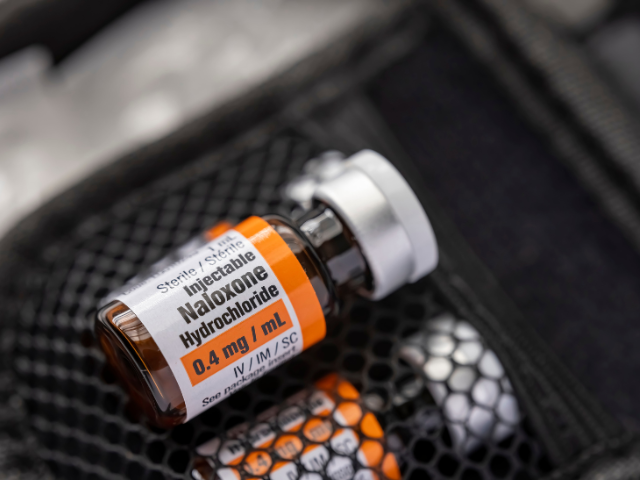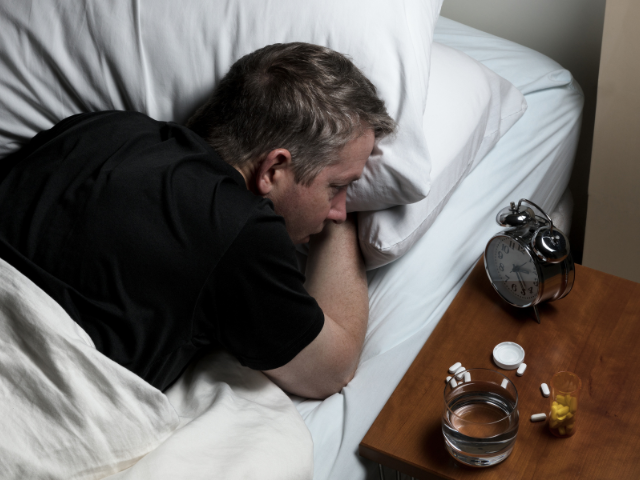What is Opioid Use Disorder?
Opioid use disorder (OUD), previously termed “opioid abuse” or “opioid dependence,” is defined by the Diagnostic and Statistical Manual of Mental Disorders (DSM) as a “problematic pattern of opioid use leading to clinically significant impairment or distress.”
Some diagnostic criteria for OUD include:
- Taking opioids in more significant amounts or over a more extended period than intended.
- Having a persistent desire for, or unsuccessful attempts to reduce or control, opioid use.
- Spending excess time obtaining, using, or recovering from opioids.
- Craving opioids.
- Continued opioid use causing inability to fulfill work, home, or school responsibilities.
- Continuing opioid use despite having persistent social or interpersonal problems.
- Lack of involvement in social, occupational, or recreational activities.
- Using opioids in physically hazardous situations.
- Continuing opioid use despite awareness of persistent physical or psychological problems.
How is Opioid Use Disorder Treated?
A 2023 National Association of Counties report states that OUD treatment is called “Medication-Assisted Treatment” (MAT) and is often used in combination with counseling and behavioral therapies. Along with methadone, the U.S. Federal Food and Drug Administration (FDA) has approved two other medications to treat OUD: buprenorphine and naltrexone. Treatment duration may vary, and treatment can continue indefinitely for some patients.
These medications may also be referred to as “Medications for Opioid Use Disorder” (MOUD). According to the National Association of Counties report, the terms are interchangeable.
However, MAT was used to highlight how these medications can “assist” other forms of therapy (for example, counseling). The term MOUD implies that these medications alone can be considered a form of therapy, as they are effective in treating OUD without other therapies, according to the report. According to the CDC, medication treatment of OUD has been associated with reduced overdose and mortality.
I was no stranger to this subject as an acute care registered nurse. I frequently cared for patients who had OUD. Although I wasn’t necessarily familiar with the terms MAT or MOUD, I knew my patients were on these particular medications to better manage their symptoms and dependency. The FDA noted the need to remove stigmas and bring awareness to OUD as a chronic disease so treatment can be facilitated and new therapies developed.









